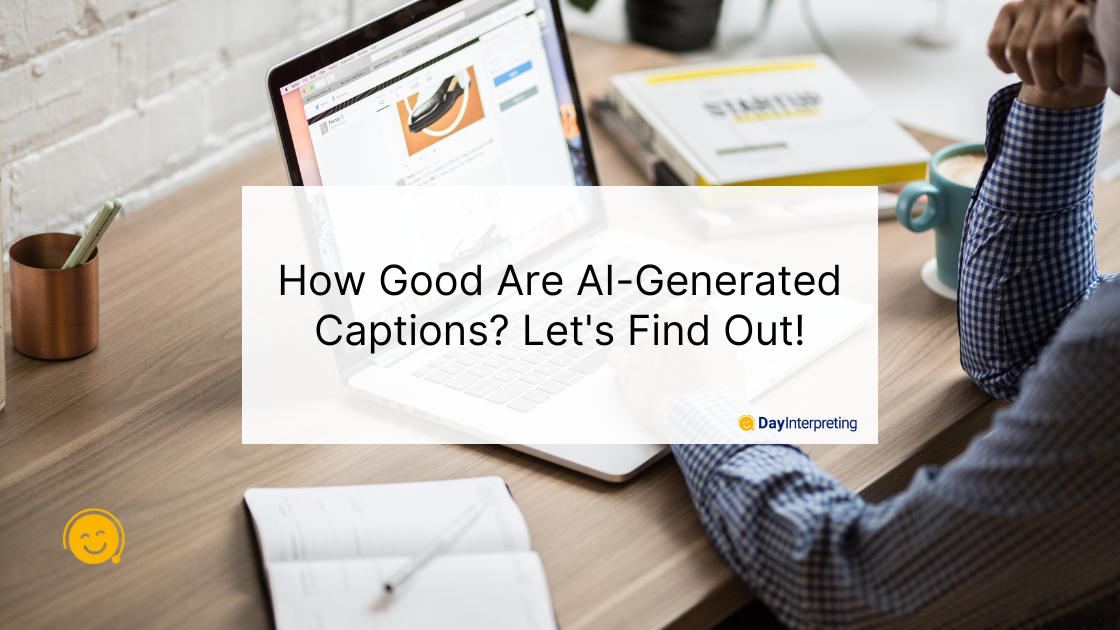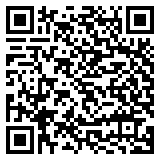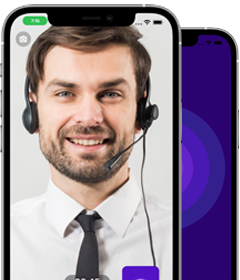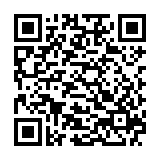In today’s digital age, things are changing fast, especially how we watch and listen to things. Thanks to super-smart technology, we now have AI-generated captions for live events that can make things easier to understand, no matter where you’re from. Big names like Microsoft Teams and Zoom introduced these captions in 2022, and they’re like magic: they automatically turn speech into words in different languages.
But are they always spot on? Well, it’s a bit tricky to say for sure.
The results depend on how they’re made, which languages they’re working with, and how the original sound sounds. Plus, measuring how good they are isn’t simple at all.
People who work with translations and interpretation use different words to talk about how good they are. When they tried to come up with a way to measure this, they couldn’t even agree on what “good translation” really meant.
So, let’s dig into why measuring how good a translation is can be hard, and let’s see if we can figure out a way to judge AI-generated captions.
How AI-Generated Captions in Different Languages Work
Termed as “auto-translated,” “machine translated,” or “AI-translated” captions, multilingual subtitles provide real-time textual representations of speech in a different language. These subtitles are crafted using a combination of automatic speech recognition and machine translation technologies or through AI-powered methods that directly convert spoken language into textual or spoken content in the target language.
Okay, so these captions are pretty cool. They’re like magic words that show up when someone talks in a different language. How does it happen? Well, either a computer listens to the speech and changes it into text using some fancy technology, or it changes the spoken words into written words in another language using some smart computer stuff.
Measuring How Good a Translation Is
Talking about how good a translation is can be a bit confusing. It’s like trying to figure out how tasty a pizza is – some people might think it’s amazing, while others might not like it so much. But there’s a project by the European Commission that tries to make things simpler. The Multidimensional Quality Metrics (MQM) framework, spearheaded by the European Commission, offers a “functionalist” perspective that categorizes quality dimensions such as accuracy, style, fluency, locale conventions, and terminology.
To help keep translations sounding the same, many times, people give the translators special guides and lists of words they should use. They might even have a memory of past translations to help them do a good job.
How Computers Translate for Live Captions
Computers have been trying to talk like people for a really long time, more than 60 years! But recently, they’ve been getting better, and now they work with humans to make translations even better. There are different kinds of computer translators, like Google Translate or Microsoft Translator. These engines employ various types of machine translation such as rule-based, statistical, adaptive, and neural approaches. Neural machine translation, lauded for its impressive outcomes, bridges the gap between human and machine understanding for specific text types.
Different Computers, Different Words
Not all computer translators are the same. Some are like superheroes for certain languages, but not so good for others. It’s like having a friend who’s great at soccer but not so great at basketball. Some computers work better with certain languages, and that’s okay!
Real-Time or Fix-It-Later
You know when you write a message, you can fix the mistakes before you send it? Well, when people use computers to translate things for websites or documents, they can fix the mistakes before sharing it. But live AI-generated captions need to be quick and right on time, with no time to fix things. So, it’s super important to use the best computer translators and make sure the sound going in is clear. Even the best computer magic might not work perfectly if the person talking has a strong accent or if the sound isn’t very clear.
Wrapping Up
In the world of AI-generated captions, the question of how good they are keeps us curious. While there’s no easy answer, understanding how they’re made, which computer tricks are used, and what challenges they face helps us appreciate this cool tech even more. As technology keeps moving, getting captions that help everyone understand and enjoy content is a journey worth taking.





0 Comments